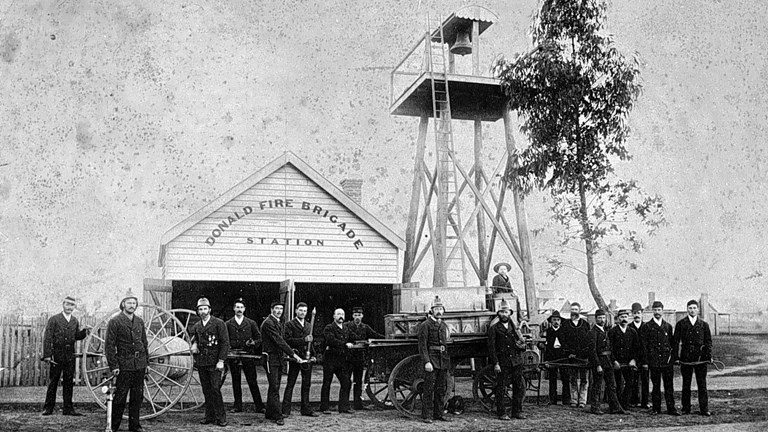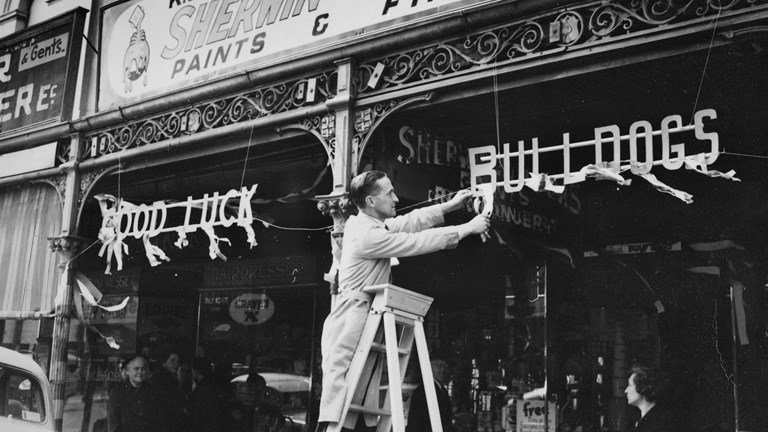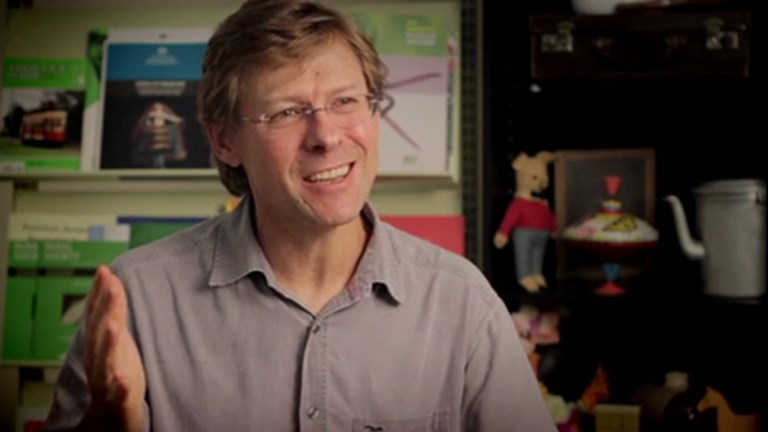
Teacher guide
An explanation of student resources and how they can assist with the development of applied historical skills in Year 9 and 10 students.
This unit consists of both teacher support materials and resources for students relevant to the development of historical skills in Years 9 and 10.
Teachers of other year levels will also find that these resources are highly valuable when considering framing an assessment task based on creating either digital or written accounts of history.
The videos provided in the student resources highlight how a variety of sources such as oral history interviews, objects and photographs can be used in developing narratives about the past. The expert videos explore themes of migration, memory and community life.

An explanation of student resources and how they can assist with the development of applied historical skills in Year 9 and 10 students.

An overview table showing links between student resources on this site and the content descriptions of the Australian Curriculum: History in Year 9 and 10.

Alistair Thomson offers advice to students on how to record oral histories.
In this interview, Dr Moya McFadzean speaks about types of objects you can investigate and what stories we can infer from particular objects. Through an example of a prayer book, which was donated to Museums Victoria, Moya highlights how every object has a story to tell.
Photographs are an important source of evidence in historical research. Through photographs we capture a moment in time, which can depict events, people or places.
View the interview with Michael Reason, who will provide you with some insights on how to use photographs when creating a historical account.
How does an historian research and write community stories? This interview with Dr Paula Hamilton will reveal how an historian approaches researching and collecting stories from the past, and the role of memory in historical research.
We are making improvements to our website and would love to hear from you about your experience. Our survey takes around 10 minutes and you can enter the draw to win a $100 gift voucher at our online store!
Museums Victoria acknowledges the Wurundjeri Woi Wurrung and Boon Wurrung Bunurong peoples of the eastern Kulin Nations where we work, and First Peoples across Victoria and Australia.
First Peoples are advised that this site may contain voices, images, and names of people now passed and content of cultural significance.